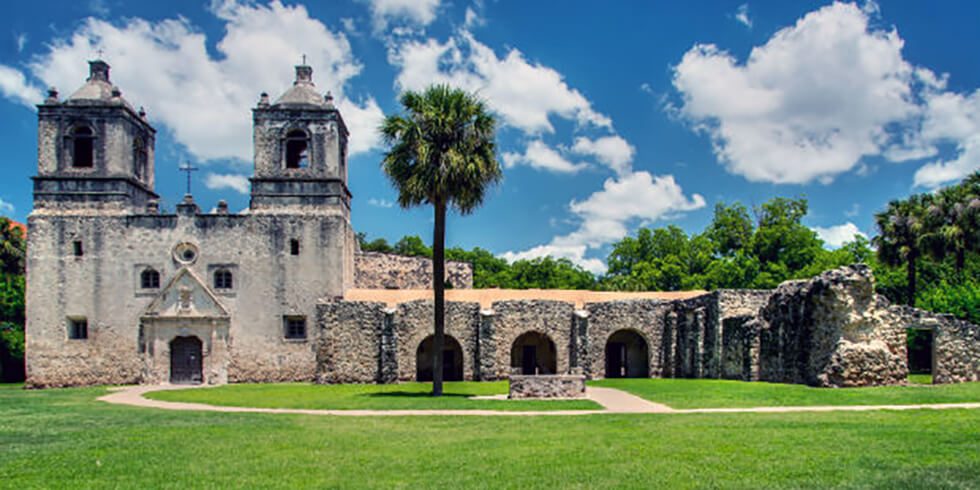
September 10th, 2018
Discovering The Missions Of San Antonio
The four southernmost Spanish colonial missions—Concepción, San José, San Juan and Espada—are included in the San Antonio Missions National Historical Park, which officially opened in 1983. These four missions, along with the Alamo, have been named a World Heritage Site by the United Nations Organization for Education, Science and Culture (UNESCO). The missions are walled compounds encompassing a church and buildings where the priests and local Native Americans lived and worked.
San José y San Miguel de Aguayo, the “Queen of the Missions,” is the largest mission in San Antonio, established in 1720 and completed in 1782. At its height, it provided sanctuary and a social and cultural community for more than 300 Indians, and was surrounded by acres of fields and livestock herds. The mission had its own gristmill and granary, which have been preserved.
The park’s Visitor’s Center is in Mission San José, which also has a museum and bookstore.




The beautiful church at Mission Nuestra Señora de la Purisima Concepción de Acuña looks much like it did in 1755 when it was first dedicated. The church’s exterior was originally decorated with geometric designs painted on the façade and iron crosses and weather vanes were placed atop the two towers. The exterior paintings have faded, but inside you can still see original frescos in some of the rooms. The church stands as the oldest unrestored stone church in the U.S.
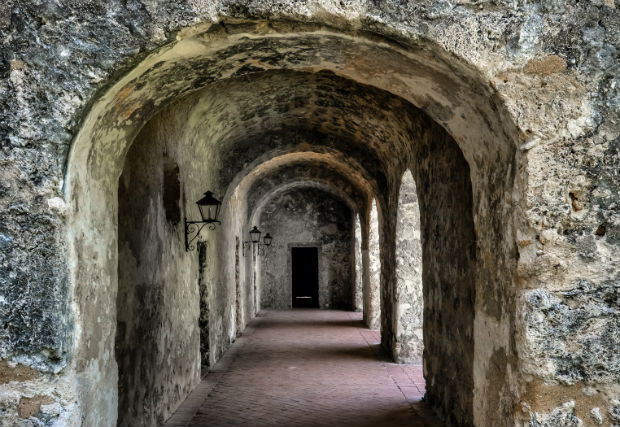
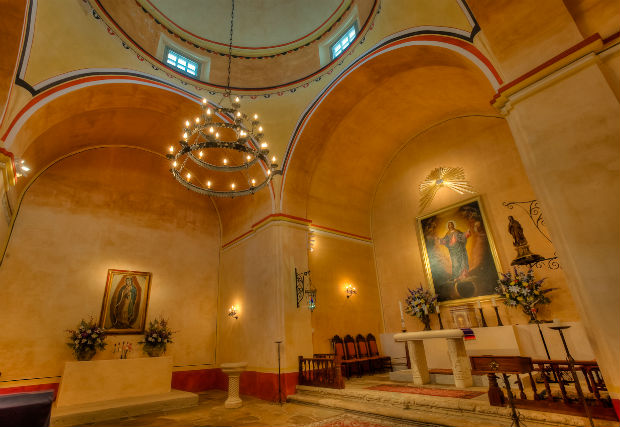

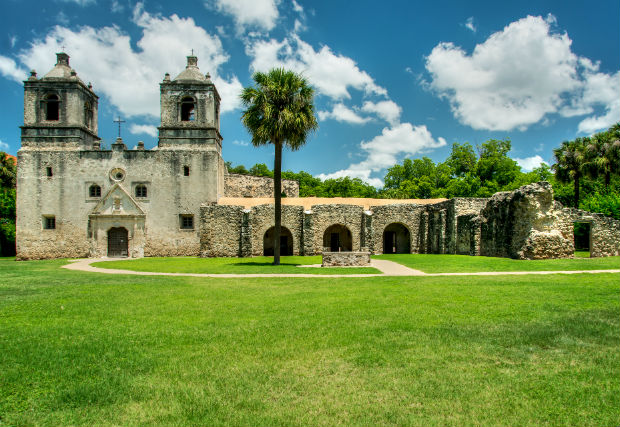
Mission San Juan was established in San Antonio in 1731. The church, priest’s quarters and granary were completed in 1756. The mission’s fertile farmlands allowed for a self-sustainable community, and its surplus helped supply the region with produce. The chapel and bell tower are still in use. Guests can also tour a self-guided nature trail that leads to the river.
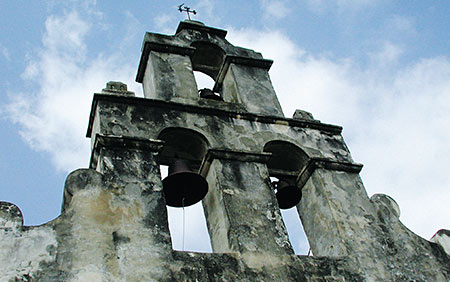
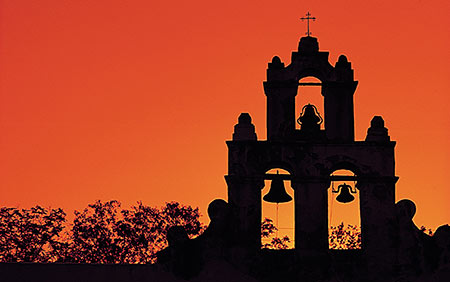
Mission San Francisco de la Espada, the southernmost of the four in the park, contains the best-preserved segment of the acequia (irrigation system) that was used to bring water to the fields. Today, part of the acequia operates the Espada aqueduct and dam. Also noteworthy are an unusual door and stone archway. A fire in 1826 destroyed most of the mission buildings at Espada, with only the chapel, granary and two of the compound walls remaining.
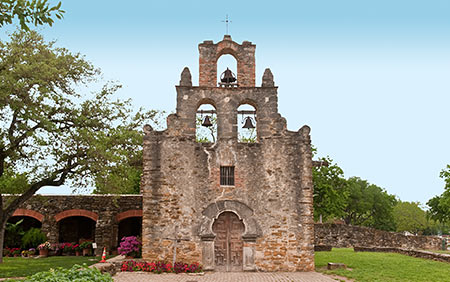
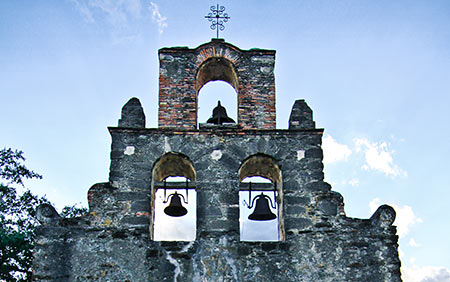
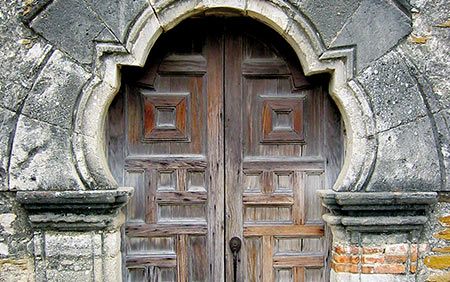
Travel Tips & Facts
- Guided tours are free, as is admission to the park.
- More than 180 species of birds have been seen in the park, where native habitat is abundant. Walk the nature trail at San Juan to discover what the river and vegetation looked like when the missions were first established.
- Mission San Juan. Day passes are $2.75 for unlimited rides.
- The Mission Reach section of the River Walk is now open. This section includes an eight-mile hike and bike trail from Lone Star Boulevard to Mission Espada.
- Six B-cycle bike rental kiosks are located from Roosevelt Park to Mission San Jose.
- Canoes and kayaks are allowed on a 1.6 mile stretch of the San Antonio River from the Mission Road street connection to Padre Park.
To learn more about the history and culture of the San Antonio Missions, visit the official website.
Click here to view this article in its entirety.